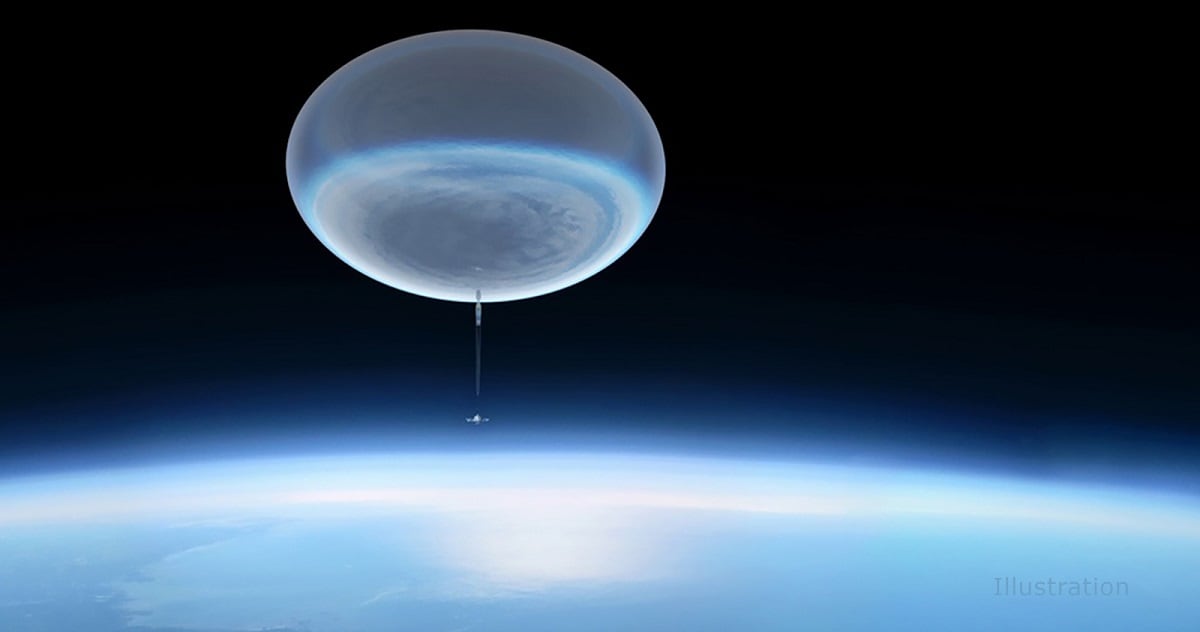
FP TrendingJul 25, 2020 20:33:46 IST
The National Aeronautics and Space Administration (NASA) is gearing up to send a 2.5 meter (8.4 foot) telescope into the stratosphere aboard a balloon of the size of a football stadium. The ASTHROS (Astrophysics Stratospheric Telescope for High Spectral Resolution Observations at Submillimeter-wavelengths) is scheduled to be launched in December of 2023 from Antarctica.
According to an article by NASA’s Jet Propulsion Laboratory (JPL), which will be managing the mission, the telescope will be placed in the outer atmosphere to observe light wavelengths that are “blocked” by Earth’s atmosphere. It will be able to observe light with wavelengths that are “much longer” than what we humans can see.
ASTHROS will be stationed at a height of 1,30,000 feet, which is “roughly four times higher than commercial airliners fly”, to study the far-infrared light that is not visible to the human eye. The altitude is still very low to the boundary of space.
The payload of the observatory is going to include the telescope, science instruments, and certain subsystems like the cooling and electronic system. By early August, JPL engineers will begin integration and testing of subsystems. It was only recently that the team completed the design for the telescope’s payload.
“Balloon missions like ASTHROS are higher-risk than space missions but yield high-rewards at modest cost,” said JPL engineer Jose Siles, who is also the project manager for ASTHROS.
He added that this ambitious mission is aiming to successfully conduct “astrophysics observations” that have never been attempted before. “The mission will pave the way for future space missions by testing new technologies and providing training for the next generation of engineers and scientists.”
The mission will “measure the motion and speed of gas around newly formed stars” and will have four major targets. It will observe two regions in the Milky Way where stars are born and the telescope will also “map the presence” of two types of nitrogen ions that reveal the places where “winds” from supernova explosions have “reshaped” the gas clouds “within these star-forming regions”.
Find latest and upcoming tech gadgets online on Tech2 Gadgets. Get technology news, gadgets reviews & ratings. Popular gadgets including laptop, tablet and mobile specifications, features, prices, comparison.
Post a Comment